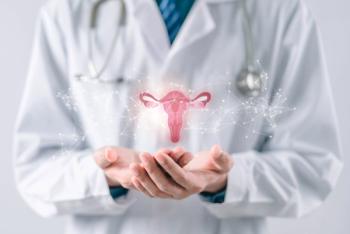
Increased Melanoma Incidence Tied to Socioeconomic Status
High socioeconomic status (SES) and exposure to ultraviolet-radiation (UV-R) are associated with increased malignant melanoma incidence among adolescent girls and young women, according to a study published online March 21 in the Archives of Dermatology.
TUESDAY, March 22 (HealthDay News) -- High socioeconomic status (SES) and exposure to ultraviolet-radiation (UV-R) are associated with increased malignant melanoma incidence among adolescent girls and young women, according to a study published online March 21 in the Archives of Dermatology.
Amelia K. Hausauer, from the Cancer Prevention Institute of California in Fremont, and colleagues evaluated the relationship between melanoma incidence in 3,800 non-Hispanic white adolescents and women, aged 15 to 39 years, and small-area level measures of SES and UV-R exposure. Data from pericensal periods Jan. 1, 1988, to Dec. 31, 1992, and Jan. 1, 1998, to Dec. 31, 2002, were obtained from the California Cancer Registry, the U.S. Census, and the National Oceanic and Atmospheric Administration. Melanoma incidence rates per 100,000 person-years and rate ratios according to SES and UV-R exposure were measured.
The researchers found that although melanoma rates increased over time for all SES categories, statistically significant changes were seen only in the highest three categories. UV-R was significantly correlated with melanoma incidence only among adolescents and young women in the two highest-ranking SES quintiles. Compared with those living in neighborhoods with the lowest SES and UV-R, participants living in neighborhoods with the highest categories had an 80 percent increase in the rates of melanoma.
"Interventions should target adolescent girls and young women living in high SES and high UV-R neighborhoods because they have experienced a significantly greater increase in disease burden," the authors write.
Related Content
Newsletter
Get the latest clinical updates, case studies, and expert commentary in obstetric and gynecologic care. Sign up now to stay informed.










